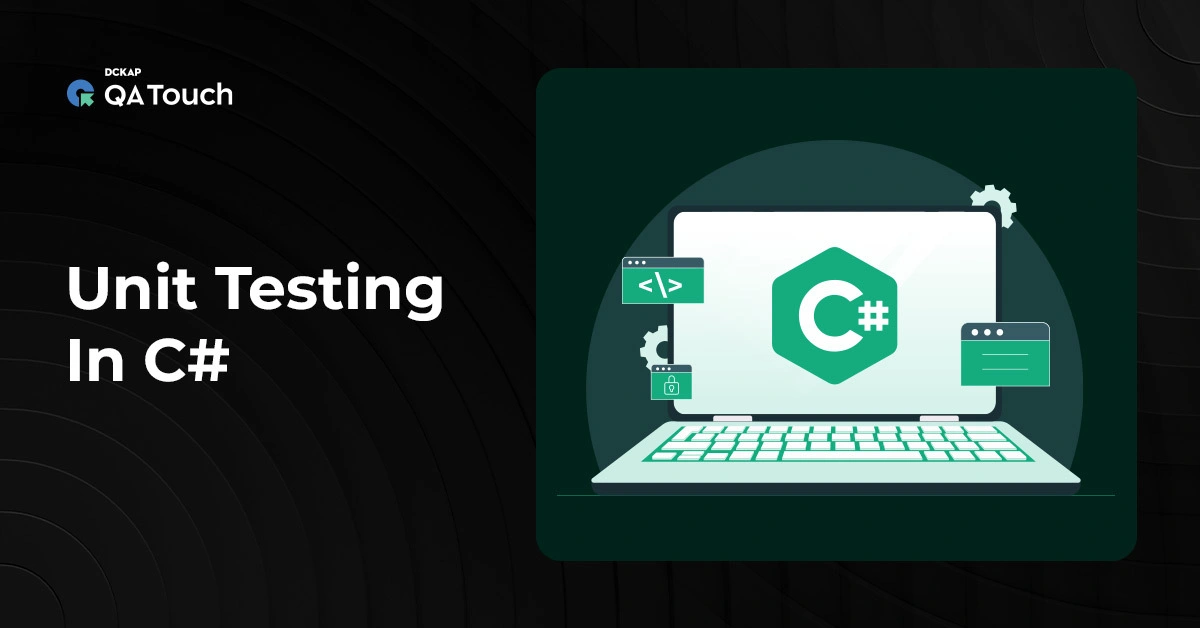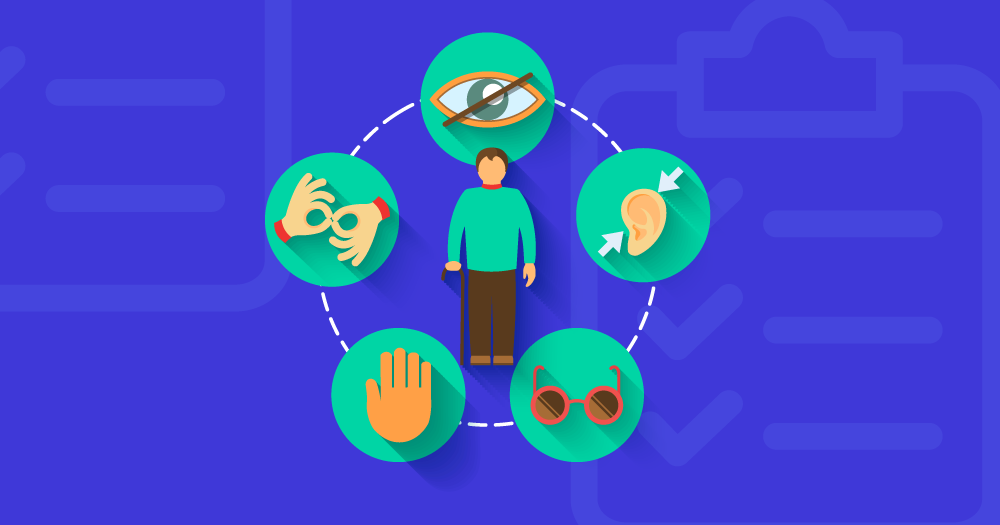What is ChatBot AI?
Chatbots are the new generation of conversational customer service representatives and are accessible via a website or other interface. It is true that chatbots are replacing customer service representatives in the area of customer interaction because they use the natural method of human interaction known as dialogue.
The chatbots segment will account for a larger market share during the forecast period.
As a result of the adoption of machine learning and deep learning, chatbots now have various features built in, including the ability to convert text to speech, speech to text, and natural language processing. Alexa, Siri, Mitsuku – Pandorabot, Botsify, and others are some of the popular AI conversational bots.
The Rise of AI Conversational Bots
The abovementioned bots can carry out various tasks, including conducting sentiment analysis, anticipating consumer preferences, guiding customers toward the best product or service, etc.

The utilization of AI conversational bots or agents is on the rise across various industries, leading to a rapid expansion of their market presence. Some real-life examples of chatbot AI are Tidio Support Bo, Kuki AI Companion, Meena by Google, BlenderBot by Facebook, and Rose AI Chatbot. Replika AI Friend, Eviebot by Existor, Chatgpt.
Rewards of AI-Based Chatbots
Based on incoming chat data, AI chatbots continuously improve themselves by analyzing and crafting appropriate responses. The more closely that data is examined, the better it will perform. AI chatbots can respond to complex questions by understanding the purpose of the question and then formulating a natural language response.
One of the reasons why chatbots are in demand is because they have demonstrated their ability to save money.
According to Research and Markets, the Chatbots Market was worth USD 1.2 billion in 2018 and is expected to reach USD 7.5 billion by 2024, at a CAGR of 34.75% over the period.
Chatbots currently in use save businesses millions of dollars and are more efficient and effective when used in conjunction with human agents rather than in place of them. It is because to respond to frequently asked questions from customers while leaving the more complex questions to be handled by real people.
Multiple Language Comprehension
AI chatbots are not limited to just one language. They can be programmed for multiple languages and answer user questions in various languages.
AI chatbots lack emotions and respond straightforwardly without judgment, but some chatbots can understand and respond to user emotions. They offer round-the-clock accessibility, allowing companies to handle after-hours inquiries without extra staffing.
Companies that use Chatbots to handle after-hours inquiries can provide customers with the support they require – when they need it – without hiring additional agents to cover these odd working hours. Unlike human agents, chatbots do not require sick leave or paid holidays.
Recommended Read: Machine Learning in Software Testing
What are Chatbot Testing and its Importance?
The majority of chatbots lack the ability to understand user intent, and a number of them are inadequately tested. They often fail to comprehend human speech or instructions. For a chatbot to be successful, it must be genuinely useful to the customers. When customers engage with a chatbot, their intent refers to the specific goal or desired outcome they aim to achieve.
Because bots integrate many functions and change dynamically in responses and customer requirements, they must be tested properly. Continuous testing of chatbots helps developers find and fix issues during the product development lifecycle and assures quality at scale. Like other platforms where direct customer interaction occurs, chatbots have a user interface and customer experience (CX) channels that should be continuously tested with each modification.
Chatbots must be programmed to recognize customer intent. Because humans convey a message in such a variety of ways, it takes a significant amount of data to represent the input values that chatbots must be able to process.
This training data is a collection of scenarios expressing various types of intent. Chatbots use these data points to build mathematical models that recognize the intent. It must be tested to ensure that it responds as expected in all scenarios.
Types of AI ChatBots

There are two main types of testing AI Chatbots:
Pre-Launch Testing
Pre-launch testing refers to the testing that occurs before the bot’s release and includes general testing, domain testing, and limit testing.
Post Launch Testing
The testing done after releasing the bot is called Post Launch Testing or A/B Testing.
Conversational Factors and Visual Factors are the types of testing that fall under this tagline.
The section below explains the features that you should consider when testing an AI chatbot for clarity. An example and explanation are given for the benefit of the layman.
What Features of an AI Chatbot Should Be Tested?

Response Time
Test the chatbot’s ability to understand and respond to simple, straightforward questions like What’s the weather like today? or What time is it? When the AI conversational bot gets user input, it should answer as fast as possible. Test its ability to learn from user interactions and improve its responses over time.
Response Accuracy
Test the chatbot to handle more complex questions or queries, such as Can you recommend a good restaurant in this area? or How do I troubleshoot this issue with my computer? The accuracy of the responses or answers that conversational assistants provide in response to inputs or questions must be verified.
Management of Errors
Test the chatbot that it handles errors or exceptions gracefully, such as when a user inputs invalid or incorrect information. Test the chatbot’s ability to manage errors, and bounce back from them. If a bot is unable to comprehend the user’s input, it must intelligently suggest alternative questions or connect the user with a live agent.
Conversational Flow
This is a critical factor in chatbot testing. Test the chatbot’s ability to handle multiple concurrent conversations, especially if designed to serve many users simultaneously. Test whether it can handle user feedback or complaints, such as providing a way for users to report bugs or suggest improvements.
User-friendliness
When conducting chatbot testing, a bot tester should ensure that the bot responses have a sense of friendliness and warmth. The bot will ensure that each response actively makes the user feel comfortable and cared for during the interaction.
Test the bot’s ability to recognize and respond to specific keywords or phrases, such as order pizza or book a flight. Test whether it can personalize its responses based on past interactions with the user, such as remembering the user name or preferences.
Understanding
Test whether it can handle variations in language, dialect, or slang, especially if it is designed to serve users from multiple regions. Its ability to formulate appropriate responses should not be limited to specific grammatical structures when understanding user queries.
It should understand and respond to various forms of requests, including small talk, idioms, emojis, and even common abbreviations or acronyms like lol or btw. Testing the chatbot’s understanding and response to these elements is crucial for its overall effectiveness.
Multi-platform and Device Compatibility
Test whether it can integrate with other systems or platforms, such as social media or e-commerce platforms. The chatbot performance should be flawless across all hardware, software, and operating systems.
Therefore, it is crucial to test chatbots’ cross-platform functionality to ensure they work correctly and provide excellent customer service. Always test whether it can handle complicated or multi-step requests, such as booking a hotel reservation or scheduling a doctor’s appointment.
Chatbot’s Ability to Validate Inputs
It is essential to check the inputs of the user, like email, and phone number. This functionality test will promptly rectify any errors if the provided zip code is invalid while ensuring that valid zip codes are processed smoothly. Test the chatbot’s ability to handle interruptions or unexpected inputs, such as when a user suddenly changes the topic of conversation.
Test its response time to user inputs, especially if it is designed to provide real-time or near-instant responses. Test whether it can handle unexpected or unusual situations, such as when a user inputs gibberish or nonsense.
Display Graphic Content Without Distortion
The Chatbot display graphic content like cards or tiles with information embedded in them as part of the response, or other times images or suggestion chips with some description embedded in them. The tester must ensure that this graphical content appears unaltered and fits well within the bot’s window in all popular browsers like Chrome, Firefox, and Internet Explorer.
It should also check that the descriptions displayed in the suggestion chips or tiles do not extend beyond the boundary of that graphical entity. The tester should carefully resize the browser window to a smaller size and observe whether the same graphical content appears unaffected and identical when viewed in the browser’s enhanced window. Test the chatbot’s ability to handle different media types, such as images or videos.
Length of the Queries
The length of the query that the CHATBOT can accept should be limited because, in the case of large queries the BOT may enter a retrieval process and not stop its journey, or it may even crash due to the inability to handle them. In such cases, the BOT may even act uncontrollably and respond in an aloof manner.
If the situation calls for it, Fail Gracefully
The CHATBOT frequently responds to questions it cannot understand by stating that there was an internal server error or a problem retrieving the answer. The BOT should always respond with a polite message when it doesn’t understand the query’s intent or the question itself. Test the chatbot’s ability to handle errors or exceptions gracefully, such as when a user inputs invalid or incorrect information.
Watch out for any Potential Crashes of the BOT
Keep an eye out for crashes for which the BOT does not restart despite repeated attempts to invoke it. Test the chatbot’s ability to provide helpful and relevant suggestions or recommendations based on user input, such as suggesting a product or service that matches the user’s needs.
Ensuring Parameter Input Integrity and Adapting to User Behavior
Ensure that the BOT never replaces or substitutes one parameter’s input value as part of another parameter’s value anywhere that the BOT accepts input parameter values in a sequence.
The tester should actively communicate these issues to the developers, as such problems commonly arise and have already been resolved. Test the chatbot’s ability to adapt to changes in user behavior or language, such as when a user switches from formal to informal language.
Thorough Testing Considerations for Chatbot Functionality and Data Handling
Maintain a vigilant focus on the application’s functionality and actively ensure that the BOT undergoes thorough testing. For instance, if the BOT needs to retrieve data based on some inputs, ensure that the BOT does so for all possible permutations and combinations of those input values if the data is available.
Test whether it can provide accurate and up-to-date information, such as news updates or weather forecasts. Test to ensure that it handles sensitive or confidential information, such as personal identification or financial data.
Process for Testing AI Chatbots
- Recognize the use cases before you begin the testing process. Every scenario questions and answers must be listed, and it should be the priority.
- Pick the testable requirement and establish KPIs. It is crucial to determine what needs to be tested in light of the use cases once they have been identified. Set KPIs for self-service, performance, usage per login, escalation, and other metrics.
- After identifying all the use cases and establishing KPIs, it is crucial to actively recognize the underlying architecture and technology used by the chatbot for each use case.
- Create test scenarios to evaluate the chatbot’s functionality. Ensure the test scenarios cover all the functional aspects of AI chatbot testing. Test scenarios should actively cover voice and conversation testing. Preparing scenarios to observe how the chatbot reacts to repeated inputs and handles errors is necessary.
- Check its non-functional features like Performance, load handling capacity, security, and accessibility of the chatbot aspects that need testing.
Methods of Testing AI Chatbot

RPA Testing
It is a sophisticated software testing technique that allows bots to mimic human actions and automate tasks. Businesses can efficiently test the functional and non-functional aspects of AI chatbots by utilizing RPA testing.
Security Testing
All businesses are concerned about data security. Businesses can evaluate the chatbot’s security by utilizing security testing techniques. This testing approach aids in closing security gaps or vulnerabilities.
User Acceptance Testing (UAT)
Today businesses place a high priority on customer satisfaction. Therefore, companies should use user acceptance testing to ensure that the bots deliver a seamless CX. Businesses get real-time user feedback by involving end users in the testing process, which helps to enhance product quality and CX.
Adhoc Testing
It is unstructured software testing done to check for flaws or bugs in the chatbot. This type of software testing seeks to identify any potential flaws or errors in the bot functionality.
A/B Testing
The user is presented with two distinct versions of the conversational bot as part of this software testing technique. The UI and visual elements like color, text size, and style can differ between versions. After that, actively gather user opinions and determine which version is preferred by them. In the end, this type of testing aids businesses in releasing goods that live up to consumer expectations.
Tools for Testing Chatbot Automation
There are several tools available for automating the testing of chatbots. Some popular ones include:
Botium: QA framework for conversational AI testing and development

Botium Core and Botium Box are the two main modules in this testing framework. Botium Core automates conversations with a virtual assistant, whereas Botium Box accelerates and simplifies test automation. This tool has a simple interface and can be used for tasks like test management, maintenance, and reporting.
Botanalytics

Botanalytics is the most popular conversational analytics tool for bots. It assists businesses in improving human-to-bot communication by locating bottlenecks, segmenting conversations and users, and measuring engagement. This tool can help businesses with every critical aspect of the chatbot conversation.
Chatbottest

Chatbottest is an open-source guide that assists businesses in identifying chatbot design issues by categorizing them into seven categories: personality, intelligence, navigation, error management, onboarding, answering, and understanding. This tool evaluates the bot using three levels of testing: possible testing scenarios, expected scenarios, and impossible scenarios.
Dimon

It is a proprietary solution for automating chatbot testing. This testing tool cuts testing time from hours to minutes. It helps in generating multiple test scenarios, enables effective monitoring, and speeds up test execution.
Qbox

This NLP training data optimization platform provides two chatbot testing options: standard NLP classifier testing and bringing your own test set. This tool helps chatbots by using pre-defined statements and following a five-step procedure.
Selenium

In chatbot testing, testers commonly utilize the Selenium web driver and IDE. They actively test chatbots by leveraging the Record and Play functionality offered by the Selenium IDE.
Gupshup Proxy Bot

If the engineers use the Gupshup building platform to create the bot, they can examine it through their proxy bot. The tool enables bot testing on platforms like Slack, Twitter, and SMS.
TestFairy

The chatbot is available for testing, and this service will communicate with stakeholders about the outcomes, crash reports, and other helpful recommendations.
ChatBots are here to stay!
In this era, customers expect excellent customer service. As a result, companies are swiftly implementing AI chatbots to provide customers with rapid replies and perpetual assistance.
Modern tools like AI, ML, RPA, and NLP enable bots to understand user intent and engage with users in a way that is comparable to that of a person supporting these interactive bots.
Companies should actively hire third-party QA and software testing service providers to ensure the effective functioning and data protection of chatbots supported by advanced technologies. Testing is essential to guarantee high-quality chatbot performance.
Chatbots have taken over the new realm of conversation. They aren’t going to veer off the path they have chosen, considering that they have just kicked off along it.
Researchers have already foreseen that creating a chatbot will one day be a common occupation. In this situation, there isn’t much left to do; it is to give it a new breath and usher in the future.











